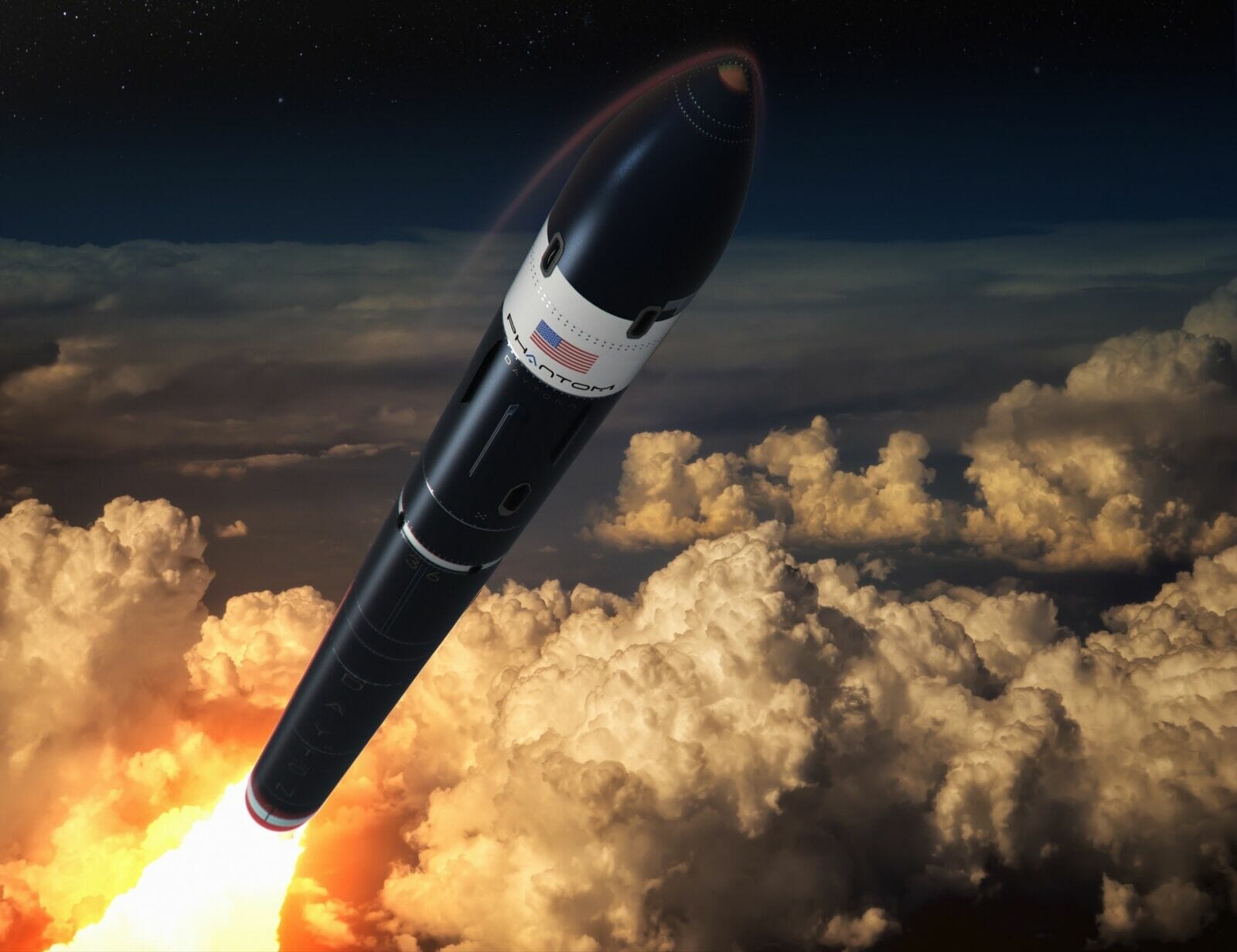Phantom Space Corp. announced today it has been awarded four new NASA task orders to launch CubeSat satellites into space as part of the new VADR contract.
NASA’s VADR missions (for Venture-class Acquisition of Dedicated and Rideshare) missions intend to meet the agency’s needs for NASA payloads while also fostering the development of new launch vehicles from both emerging and established launch providers. VADR increases access to space by significantly reducing costs using less NASA oversight to achieve lower launch costs with payloads that can accept a higher risk tolerance.
READ ALSO: Banner, UA, SpaceX partner for pioneering fellowship in aerospace surgery
“The new contracts will help us launch a Golden Age of commercial space, and it’s an honor to have NASA onboard—their leadership is invaluable to the space industry, and we are proud to help their programs expand humanity’s knowledge of our planet, solar system, and beyond,” says Mark Lester, Phantom Space COO and VADR Program Manager for the company.
The company plans to stage the first space flights in 2024, and the NASA CubeSats will be among the first payloads.
Two will be onboard the second Phantom flight, and the other two will be on the fourth flight. The CubeSat launches for NASA will occur at the Vandenberg Space Force Base’s Space Launch Complex 8.
The CubeSats will be ferried into space by Phantom’s two-stage Daytona rocket, which stands 18.7 meters tall (61 feet) and can transport satellites up to 450 kg (990 pounds) into low-earth orbit.
The Daytona is being designed, built, and tested at Phantom’s base in Tucson. It is powered by ten Hadley engines supplied by Ursa Major of Colorado.
Earlier this year, Phantom Space was one of a dozen companies selected by NASA to provide launches for VADR missions, expanding the market for science and technology payloads. The four new streamlined CubeSat Launch Service Mission task orders are Phantom’s first winning bids under the new VADR indefinite-delivery/indefinite-quantity contract.
“NASA’s launch demand will help us grow the market for private demand, as well. This is what smart government funding has done for newly emerging technology for many years,” Lester adds.
“The more spacecraft we put up into space, the further we can reduce costs and expand access to space for businesses and nations that couldn’t afford it before. There’s a whole new space race going on here, and we’re inspired to be part of it,” Lester adds.




